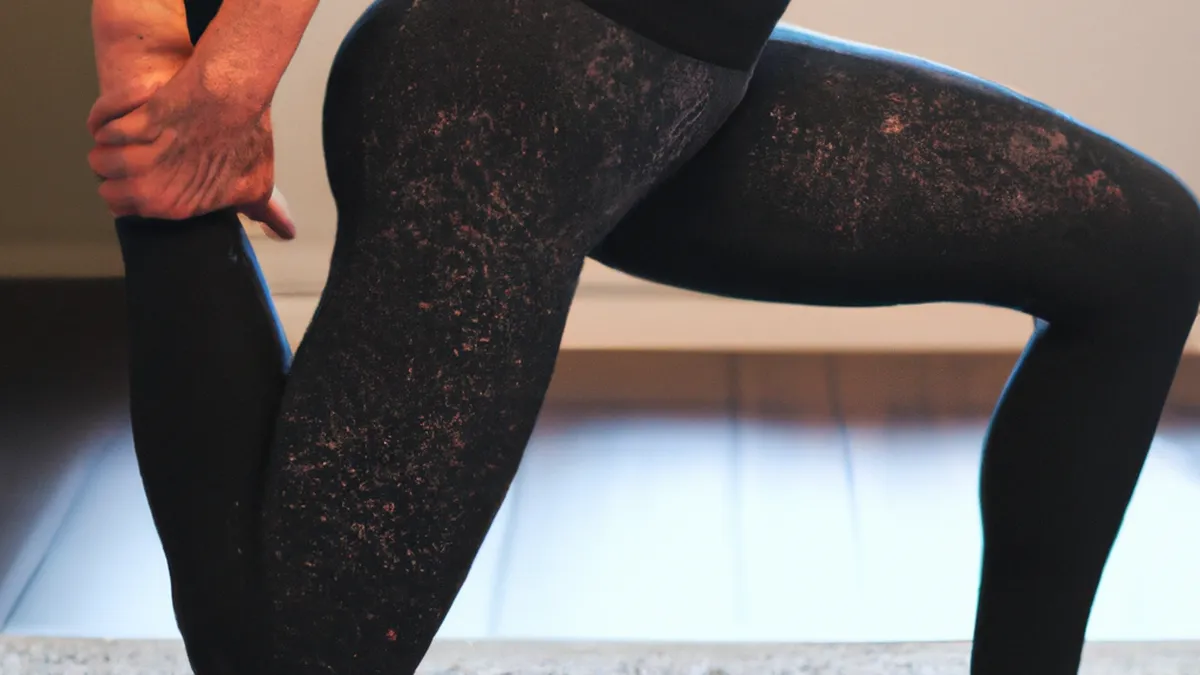7 Visualization Techniques for Combat Athletes
Visualization for Anticipating Opponent’s Moves in Combat SportsIn combat sports, anticipating an opponent’s moves often decides victory or defeat. Athletes rely on instincts, reflexes, and tactical training. However, many underestimate visualization’s power. This technique can significantly enhance performance. This blog explores how visualization improves athletes’ ability to predict and respond to opponents’ actions.
As an Amazon Associate I earn from qualifying purchases.
Gear tip: consider meditation cushion, breathing trainer, and mindfulness journal to support this topic.
Understanding Visualization
Visualization involves creating detailed mental images of specific scenarios or outcomes. Athletes use this mental rehearsal to prepare for competition. By envisioning flawless technique execution and overcoming challenges, athletes strengthen mental fortitude and sharpen focus. In combat sports, where split-second decisions matter, visualization helps anticipate an opponent’s next move.
The Science Behind Visualization
Research supports visualization’s effectiveness in enhancing athletic performance. Studies show mental imagery activates similar neural pathways as physical practice. When athletes visualize skills, their brains process them as if performing actions physically. This phenomenon is crucial in combat sports, where muscle memory and quick reflexes are vital. Mental rehearsal reinforces learning and improves execution in real matches.
Tips for Effective Visualization
To maximize visualization benefits, consider these tips:
1. Find a Quiet Space
Choose a calm environment for focusing on mental imagery. A distraction-free setting immerses you in the visualization process. Whether a quiet room, park, or gym corner, make sure it feels comfortable and allows concentration.
2. Engage All Your Senses
Engage all senses during visualization for better effectiveness. Imagine not only sights but also sounds and feelings. Picture the match’s sounds—the crowd’s roar, punches landing, and referee’s commands. Feel the adrenaline and physical sensations of movement. This engagement creates vivid experiences, helping your mind translate images into real-life actions.
3. Visualize Specific Scenarios
Be specific about the scenarios you visualize. Instead of generalizing opponents, focus on particular fighters and their fighting styles. Consider their strengths, weaknesses, and strategies. Anticipate their moves and visualize your counters. This specificity trains your mind to respond effectively during matches, keeping you ahead of your opponent.
Advice for Practicing Visualization
Consistency is key to mastering visualization. Here are practices to improve:
Regular Practice
Integrate visualization into your daily training routine. Spend a few minutes each day visualizing.
Conclusion
Visualization enhances athletes’ ability to predict opponents’ moves. By practicing regularly, athletes can improve performance in combat sports.
Below are related products based on this post:
FAQ
What is visualization in combat sports?
Visualization is the technique of creating detailed mental images of specific scenarios or outcomes. Athletes use this method to mentally rehearse their performance, which helps them prepare for competition and strengthens their focus.
How does visualization improve athletic performance?
Research indicates that visualization activates similar neural pathways as physical practice, allowing athletes to process skills mentally as if they were performing them physically. This mental rehearsal is particularly beneficial in combat sports, where quick reflexes and muscle memory are essential.
What are some tips for effective visualization?
To enhance visualization, find a quiet space free from distractions, engage all your senses by imagining sights, sounds, and feelings, and visualize specific scenarios involving particular opponents. This approach helps you anticipate moves and develop effective counters during matches.















Post Comment